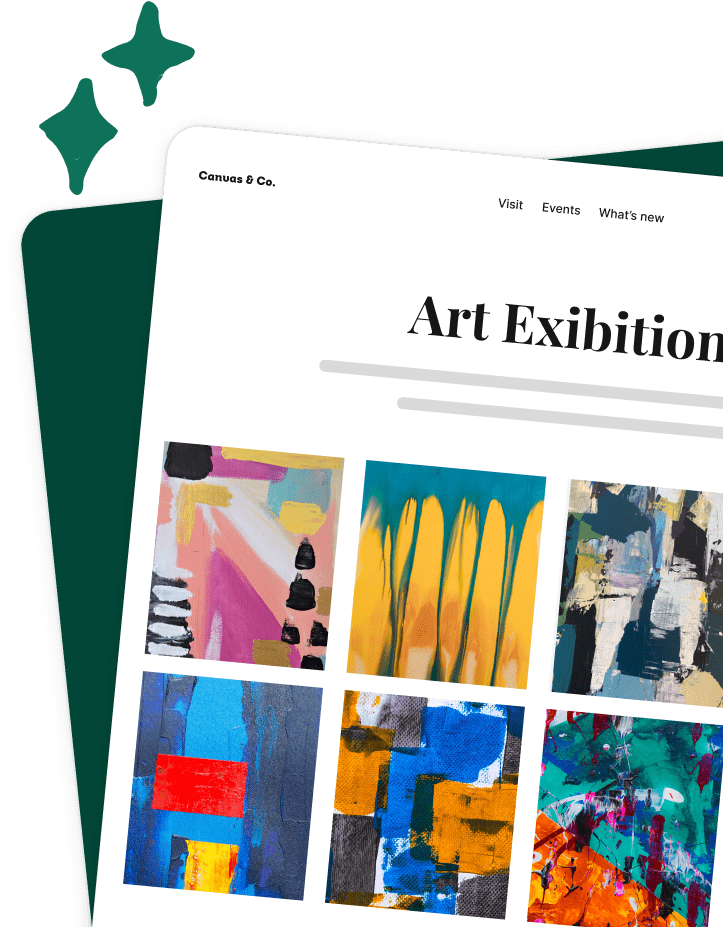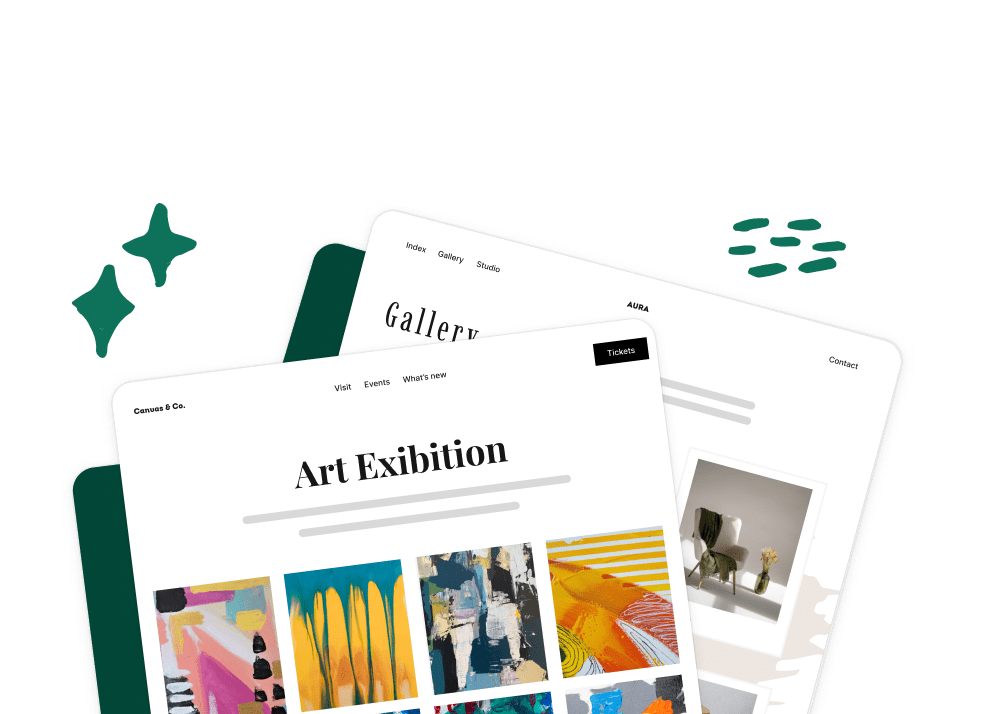What is a photo story? Photojournalists create photo stories to share their editorial or journalistic work. These standalone documentary photography pieces are a great tool to capture readers’ attention, especially in today’s visual world. How does a photojournalist create their own photo story?
Unlike other areas of photography, photojournalism does not necessarily hold the same ideals for perfection. For example, photojournalists adhere to strict photo retouching boundaries, because their primary goal is presenting images honestly. That means they have less room for creativity in post-processing. But, there’s still a lot of room for creativity in creating a photo story.
Whether you want to become a photojournalist, creating your own photo story and attempting some level of photojournalistic work is great practice and can illuminate a whole different area of photography for you. We recommend creating a photo story for yourself that allows you to exploring and documenting a subject you’re interested in.
All that being said, here’s what this photojournalism and photo story guide will cover:
- What is a photo story in photojournalism?
- Examples of some great photo stories
- Tips for creating your own photo story
After reading this tutorial, we hope that you’ll feel comfortable creating your own photo stories that reflect both your photography and your interests. Creating a photo story is a learning process, so you’ll also develop skills you can use in other areas of your photo work. You’ll learn more about what images work well together, how to space your photos, and when to give more context to your photos.
Sound exciting? Let’s get started!
What Is a Photo Story in Photojournalism?
A photo story, or photo essay, is a means of visual storytelling. Photojournalists use photo stories to narrate a series of images so that they give better insight into an event or topic. These essays range from photos of an event that describe what happened, to long term or long-form stories following things like wars and elections.
Sometimes, media outlets release photo stories following massive sporting events like the Super Bowl, even after they’ve already written about the game. It’s an easy and creative way to use all the fantastic images taken at the event that may otherwise have not been used.
Furthermore, photo stories can be created by multiple photographers. That is, a photo story may have more than one contributor. Sometimes, a newspaper editor will draw from multiple photojournalists and photographers to create a photo story. These can be more impactful, because they show a wider range of perspectives and different photography styles, even of the same event. But, they may lack some of the more creative consistencies.
What Does “Photo Story” Mean?
Photo story, or photo essay, means presenting a story or essay primarily through images. Of course, many of photo stories have written elements that help narrate the story. And, individual images may even have captions that give more in-depth information or context to that photo.
Photo stories within photojournalism are meant to be as truthful to the original event as possible. Journalists strive to remove bias from their work, in order to present facts and details to their audience.
This means that photojournalist’s photo stories often lack criticism or argument. Rather, they favor a simple display of the subject matter in more documentary-style photos.
Thus, for a photojournalist, the primary goal in creating a photo story is to provide information to their audience. Images are merely the tool they use to best provide that information.
Because each publication and media outlet has their own set of guidelines, it’s difficult to pinpoint exactly what rules photojournalists have to follow when creating photo stories. Still, in general, you can assume that these guidelines are on the stricter side to maintain the integrity of the photos.
How Do Photojournalism Photo Stories Differ from Traditional Photo Essays?
Anyone can create a photo story or photo essay. The difference between them lies in what type of photographer makes them. Remember, photojournalists have to follow a strict set of guidelines and ethical codes when creating photo stories that other photographers don’t necessarily have.
A photojournalist tries their best to remove their own biases and opinions from their work. A wedding photographer may decide to create a photo story, but is probably not used to working within those guidelines. They may heavily edit the photos in post-processing, or insert themselves into the photographs by way of creative lighting and effects.
While there is a degree of overlap between traditional photo essays and photo stories, traditional photo essays typically offer more leeway for creativity. Often, traditional photo essays don’t require adhering to any guidelines outside of those set by the project’s creative leads.
This means that you may see traditional photo essays in which the photographer tries to support an argument or opinion with the piece. Photographs have tremendous emotional power, so photographers can create an emotional piece to help them forward an agenda.
Not all photo essays play toward our emotions to do this, though. Some photo essays or stories are simply meant to tell a personal story, like that of a wedding. Or, they’re a creative project meant to be open to interpretation. Photojournalists’ photo stories, on the other hand, try to show objective events as they happen.
What Do You Need to Tell a Photo Story in Photojournalism?
Story
First, you’ll need a story to document. That seems rather obvious, but it can feel difficult to find a story. The truth is, most things that you find personally interesting can make great photo stories.
Do you like sports games? There’s your story. Love going to live concerts? You’ve got yourself another topic for a photo story.
Any event can also be a photo story, which is a great starting point. Beyond events, try to focus on shorter term photo stories first, so you understand the process. Protests, marches, parades, athletic events, conferences, and more. Anything that allows you to capture lots of photos in a short amount of time is a great first photo story subject.
Photographs
While at the event, you’ll have to decide what photographs you need. Consider what’s important to the story you’re telling, and let those ideas guide your photography.
When taking the photos, start thinking about your narrative. You might go for a chronological narrative, which is one of the simplest to create. You might also want to highlight the major developments of the event in a “big moments” narrative. This type of narrative may not flow chronologically, but it’s still a viable option.
Creating the Photograph Essay
Once you have your story, images, and narrative, it’s time to piece it together. Caption the images individually, and write the narrative into the story. See what works, edit, and see what you come up with.
Once you have a rough draft, put the photo story away for a few days. When you come back to it, you’ll likely see there are lots of ways to improve it!
Read on and see some examples of great photo stories, and then check out our tips on how to make yours shine. With more practice and research, you will surely improve your photo stories.
Examples of Great Photo Stories
There are a lot of fantastic photo stories created every day by photojournalists in publications across the world. There are also some that have stood the test of time as famous photo stories.
Before we talk about where to do your own research, we’ll list some of our favorite photo stories that have stood through history.
- The Depression Era Photography of Dorothea Lange
- Struggle to Live – the fight against TB by James Nachtwey
- Homes from Gaza by Grey Hutton
- Inside the Democratic Republic of Congo’s Diamond Mines
Take a look at these photo essays and see if they speak to you. Notice how each photojournalist uses words differently in the essays and how he different amounts of photos to words, and how different each one is from another.
Furthermore, take the time to see how they have evolved over time. What has changed, and what has shown to be a constant? Think of how professional photojournalists create their photo stories when you are creating yours.
Where Can You Find Noteworthy Photo Stories?
There are plenty of places to see photo stories, including magazines and large and small news organizations.
National Geographic has both photo stories, and more commonly, stories which include large amounts of fantastic quality wildlife images. Time Magazine also has fantastic photo stories that run throughout the year. If you’re looking for photo stories in lesser known magazines, try Lords Magazine. They publish more creatively-driven projects.
Of course, you can also find photo stories in online photo sharing communities. Forum communities will often share, and discuss these different photo essays and stories. These forums will give you some insight into how other photographers — both amateurs and professionals — develop and critique photo stories. In that way, these forums are invaluable resources.
Lastly, some of the best photo stories come out of large publications like the New York Times or Washington Post. Especially in turbulent environmental, social, and political times like these, you can find fantastic photo essays that tell incredible stories through captivating images.
What Makes a Successful Photo Story?
There are many different factors that can make a photo story great, from the photography itself to the content that the photo story covers.
This reminds us of the age-old debate over content vs. quality. If you have what you consider an incredible idea for a photo story that can generate momentum on its own, your images don’t have to be excellent quality. The idea here is that, regardless of the image quality, readers will be interested in the subject and thus look at the piece.
On the other hand, a more benign photo story or essay needs stellar photography to keep readers’ interest.
Most great photo stories are created by people who are both exceptional photographers and journalists, so both the story and the images are pillars of quality. This doesn’t mean that every image in the piece is perfect or that every photo story they create is perfect.
To achieve that level of quality across fields is difficult, and it’s something that obviously comes with practice. You need to practice not only creating photos, but creating stories from your images and presenting them in a story format.
Tips for Creating a Photo Story
Working on your first photo story can be rather daunting. You’ll have a lot of images to keep track of and a lot of writing snippets to capture. Then, you have to weave these elements together to create a cohesive story! It’s not easy, which is why learning some tips and tricks for creating a photo story may help.
Keep Your Photos Organized
Organization is key to creating a great photo story. Finding the image you need can feel like looking for a needle in a haystack. Consider using a dedicated Lightroom catalog or collection with sub-collections to organize the photos you’re considering placing in your story.
If you’d prefer, you can also use filters and a tagging system to sort your photos. You can accomplish this in Adobe Lightroom, or in a similar photo organizing program. Rating your images using Lightroom’s star system is another great way to mark which photos you’re most excited to use, which you can use as fillers, and which are better off left out of the story.
Don’t feel pressure to speed up this organization process. In fact, this step is arguably the most important in creating a well developed photo story. Instead of going through your library only once and selecting your images, try using a graduated filtration process. This leads to much better image selection results because it helps you become more intentional with each pass through your catalogue.
Remember, it’s better to choose your best photos only after you’re completely done shooting. If you don’t wait until you’ve captured all the images, you’ll end up creating more work for yourself when you have to repeat the selection process on the new photos.
Keep Your Written Thoughts Handy
This is where your non-photo organization is really important. Keep a notebook or a file that contains all your written notes, facts, quotes, and more. Make sure you to take notes as you consider the arc of your photo story, which images you need to include and how each individual photograph relates to snippets of writing you’ve recorded.
Overall, keeping notes on the project helps keep it within its original scope. This helps you keep a focus on what you need to capture and write, and how you can use that material in the final project.
Create Several Drafts
Lastly, drafting is incredibly important. Make drafts, and either self-critique them, or have an editor or friend critique them for you. Be open to taking criticism, and think seriously about the critiques you receive.
While your photo story might be compelling to you, your audience may not feel that way. It’s then your job to figure out how to improve the story so that they are compelled by the material.
Which Photograph Should You Include in a Photo Story?
The most important photos in a photojournalism photo story are those that tell a story. While your story should unfold across all the images in the piece, you also want each photograph to tell a portion of that story on its own. If each image you have is captivating and tells its own story, your overall story is likely to be stronger.
Keep filler images to a minimum. While images can provide a breath or pause in your story, you want even your less thought-provoking images to pertain to the scope of the story. If you’ve inserted a filler image that doesn’t add anything to the general arc of the piece, consider cutting it.
A great exercise you can try is to remove images from the story and see how it reads. If you remove an image and the story no longer makes sense or feels less compelling, then you’ve identified an image you must include in the piece. If you remove a photograph and the story doesn’t lose anything, that photo should stay removed.
It’s easy to get too attached to an image early on in a project that may not actually be important to the story. This exercise can help you weed out those images that don’t belong in such a brief piece.
Best Tools for Creating a Documentary Photography Story
The best tools for creating a photo story are those that can help you visualize your photo story. Using gallery and layout tools can make it easier to plan the design of your photo story, which is just as important as the content.
If you are planning to release your photo story as a physical publication, like a photo book or a zine, make sure you work on layout as you go instead of simply numbering the files in order. This will give you a much better understanding of the final project.
In this case, you’ll also want to print out a copy of the photo story and take notes on it. This process lets you understand what’s working and what’s not. Go back through this process several times to help you reach a final version.
Don’t forget to do some simple photo editing, either. Photoshop Actions or Lightroom presets can help you create continuity in your photographs with simple adjustments. With these programs, you can apply the same tint and temperature across multiple images so that they all have similar coloration and lighting. You don’t want your photo story to look like a mismatched collection of images of the same subjects!
Where can you get ideas to create a photo story?
To a journalist, a good idea is a good story. Finding that story takes work and practice. The majority of journalists don’t start their careers with great, or even good, stories. Instead, they make stories good through their skillful photography.
Some of the best photo stories come from people who aren’t professional photographers. Scientists, doctors, hobbyists and other folks have incredible life experience that are just waiting to be told. Documenting what they know and love using the art of photography makes for a great story. Take something you love as your first idea.
After choosing a topic, work on showcasing it to others how you see it. What makes the subject interesting to you? Spend your time and energy showcasing that, and you’re sure to start your first photo story with quite an impact.
If you liked this article and want to learn more about photo stories and photography tips, follow us on Facebook and Twitter. Don’t forget to sign up for our email newsletter so you don’t miss another article!















